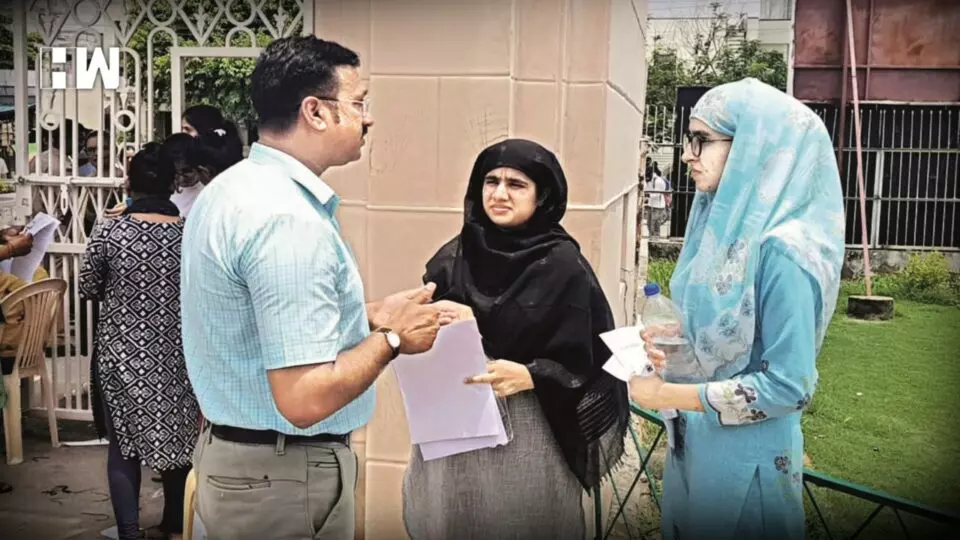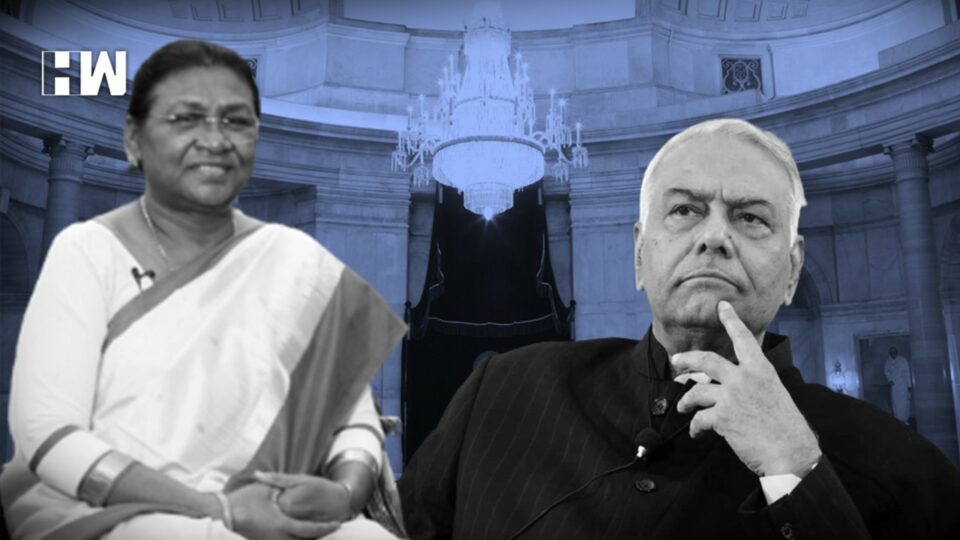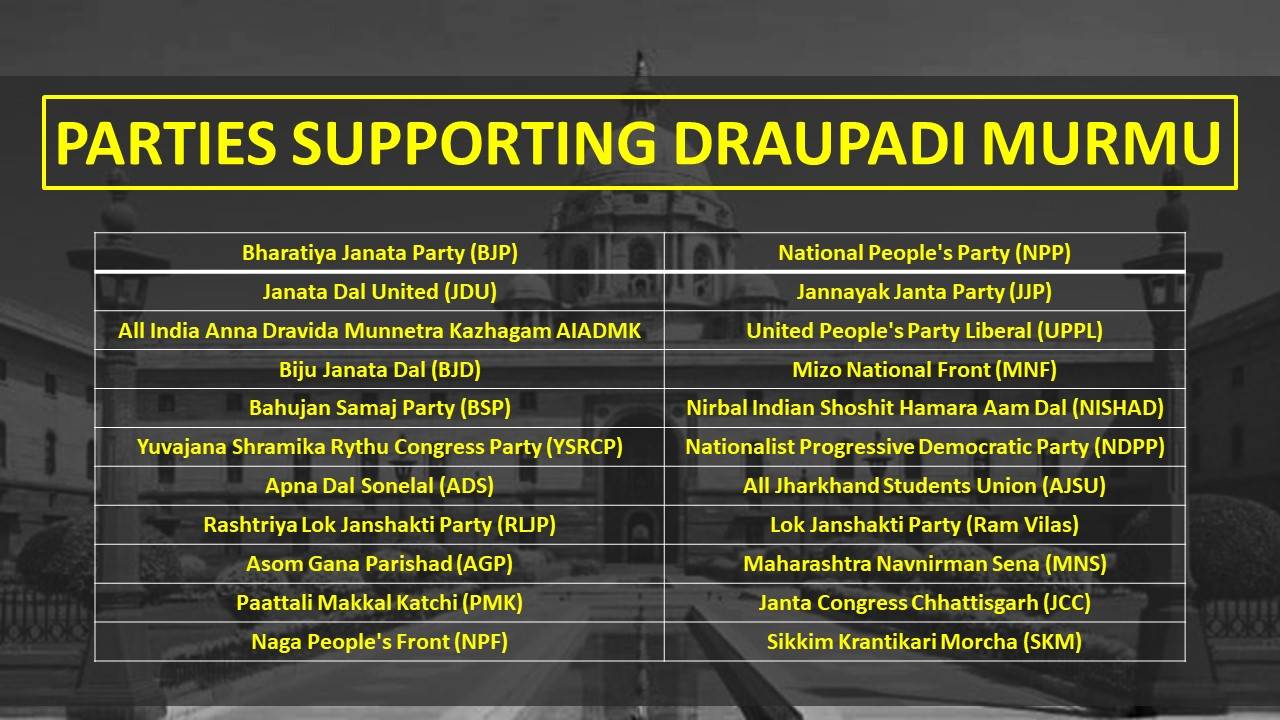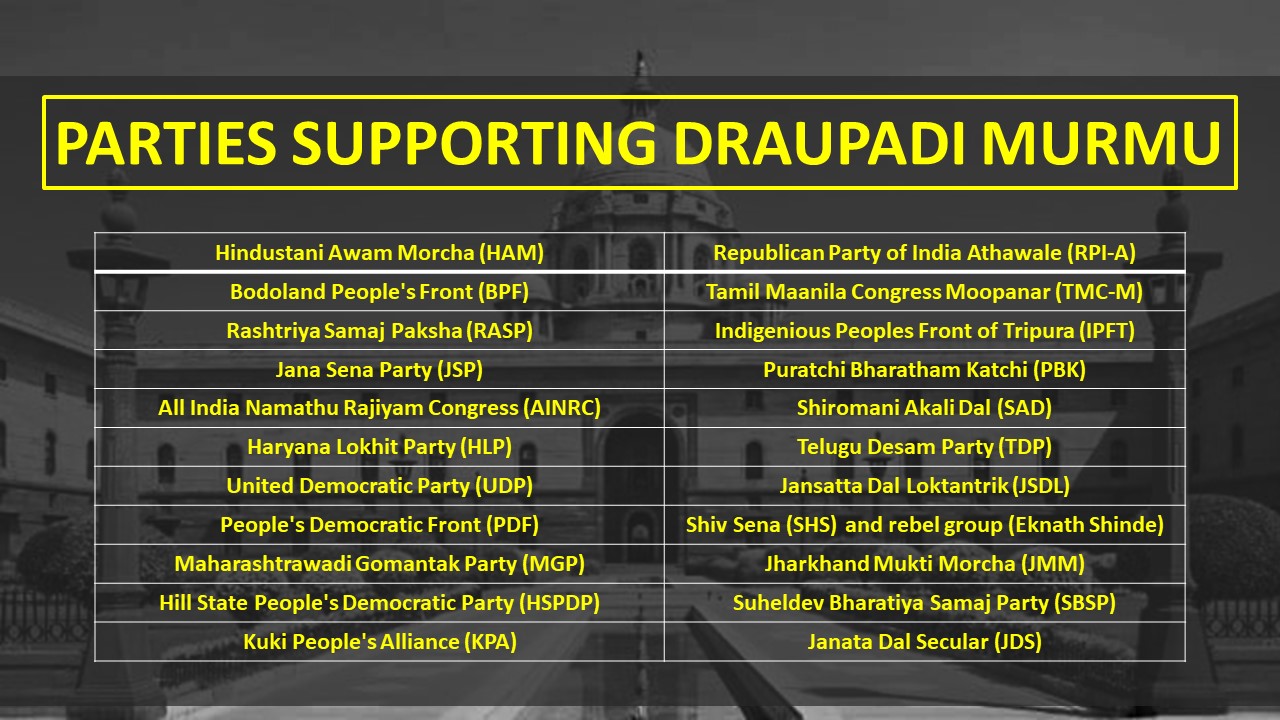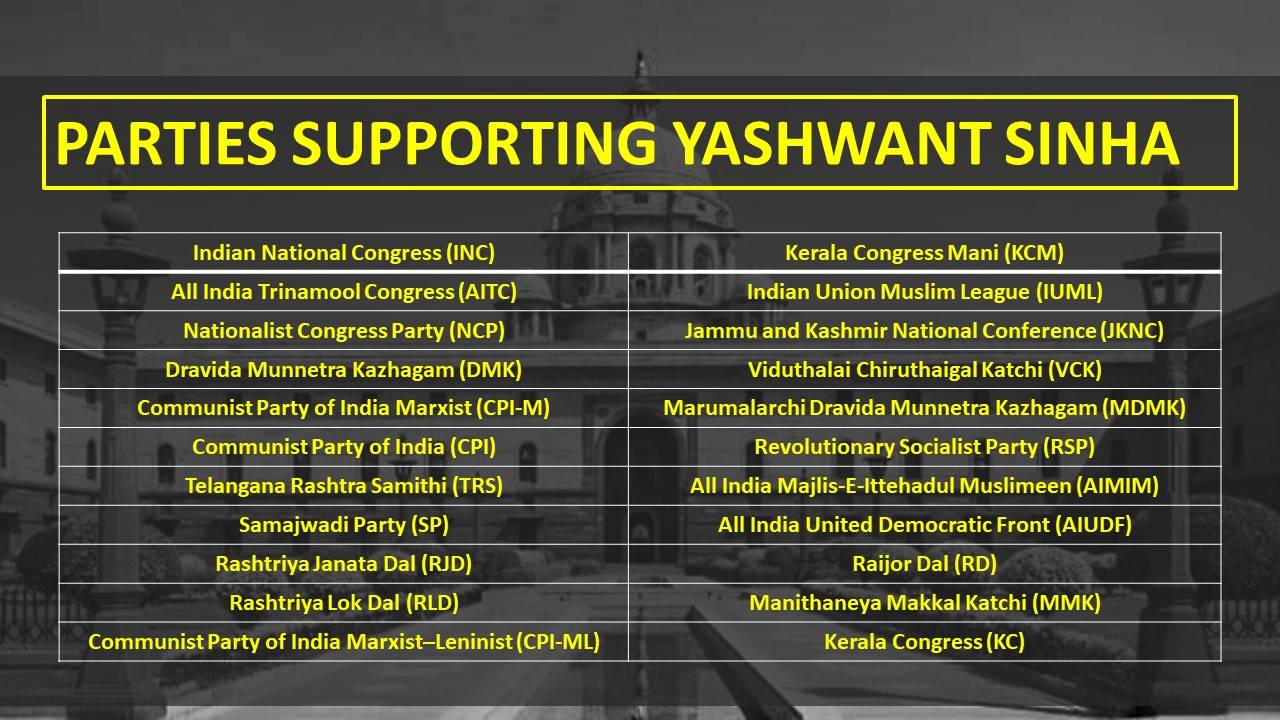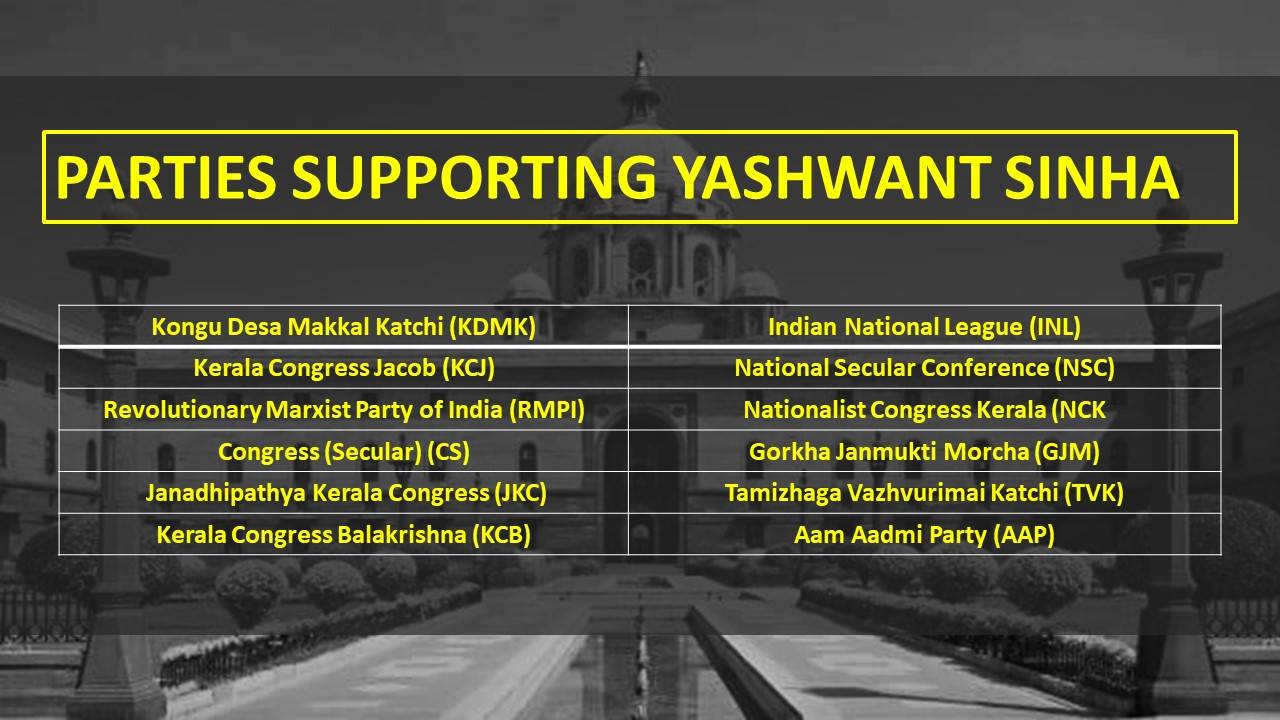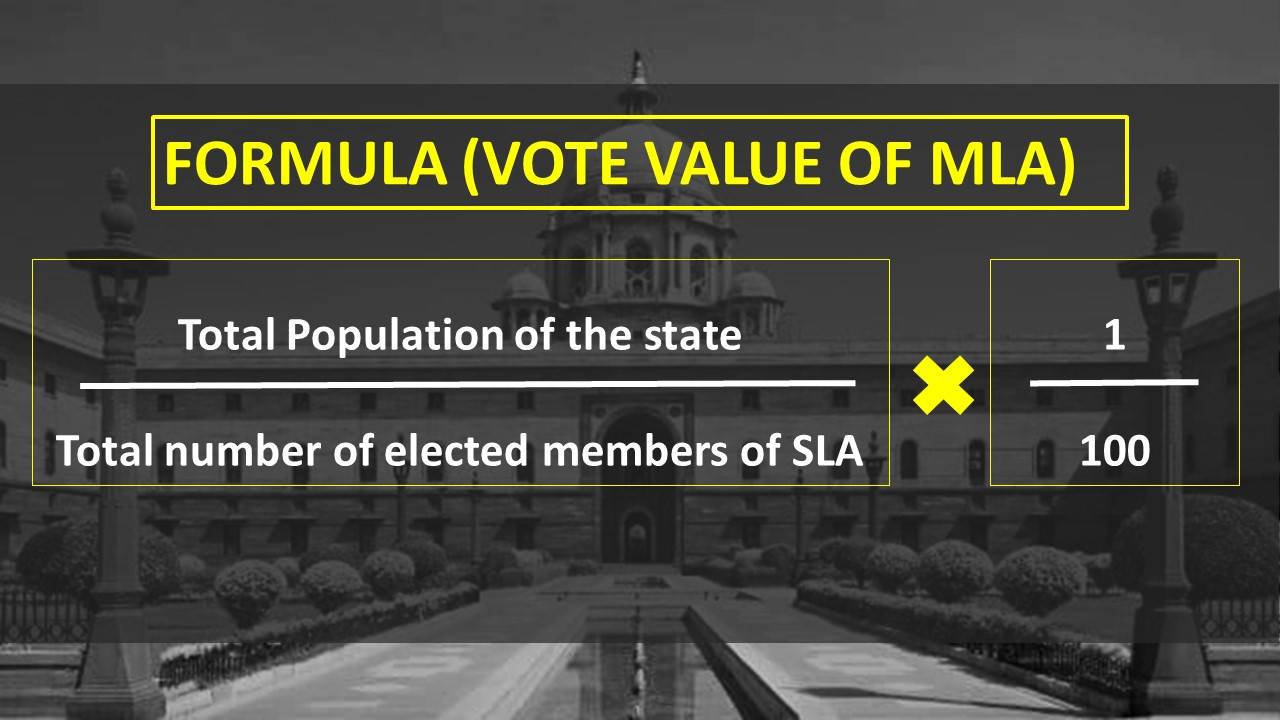NEET aspirants from Rajasthan were stopped at the entrance of the examination center for wearing a hijab, students from Maharashtra claimed that their hijabs were removed outside the examination hall.
Mumbai: Several Muslim girls who turned up for the 2022 National Eligibility Entrance Test (NEET) exams in Rajasthan’s Kota and Maharashtra’s Washim on Sunday,17th July faced difficulties because they wore hijab.
In Kota, Muslim students were asked to remove their hijabs at the entrance of the Modi College. This led to a dispute between the students and the police outside the center. The observer was called and the students were allowed to enter the premises after they signed a written application promising that any sort of wrongdoing during the examination would be the observer’s responsibility.
A few students from Washim were forced to remove their hijabs before taking the exams, while students from Kota were allowed to appear for the test after an argument. About six students, including Iram Mohammad Zakir and Ariba Saman Azhar Hussain, complained of the administrative officers and exam centre officials misbehaving and forcing them to remove their hijabs. In Washim, the girls were called out of the examination hall at the Matoshri Shantabai Gote College Mahavidyalaya and their hijabs were forcibly removed else they were barred from attempting the test.
This angered the Muslim community and a large crowd gathered outside the campus. The police superintendent appointed a safety force separate from the college in order to protect other students.
NEET Guidelines :
As per the official guidelines of the National Testing Agency (NTA), the candidates are advised to dress casually and weather-appropriate when appearing for the tests. However, avoid clothing with a lot of light colors, especially if you have sleeves. This is important during the NEET examination. The aspirants are not allowed to wear shoes.While students can wear customary or culturally appropriate outfits, they must report to the NEET exam centre at least two hours prior to the reporting time in order to allow proper checking.
As an independent media platform, we do not take advertisements from governments and corporate houses. It is you, our readers, who have supported us on our journey to do honest and unbiased journalism. Please contribute, so that we can continue to do the same in future.

